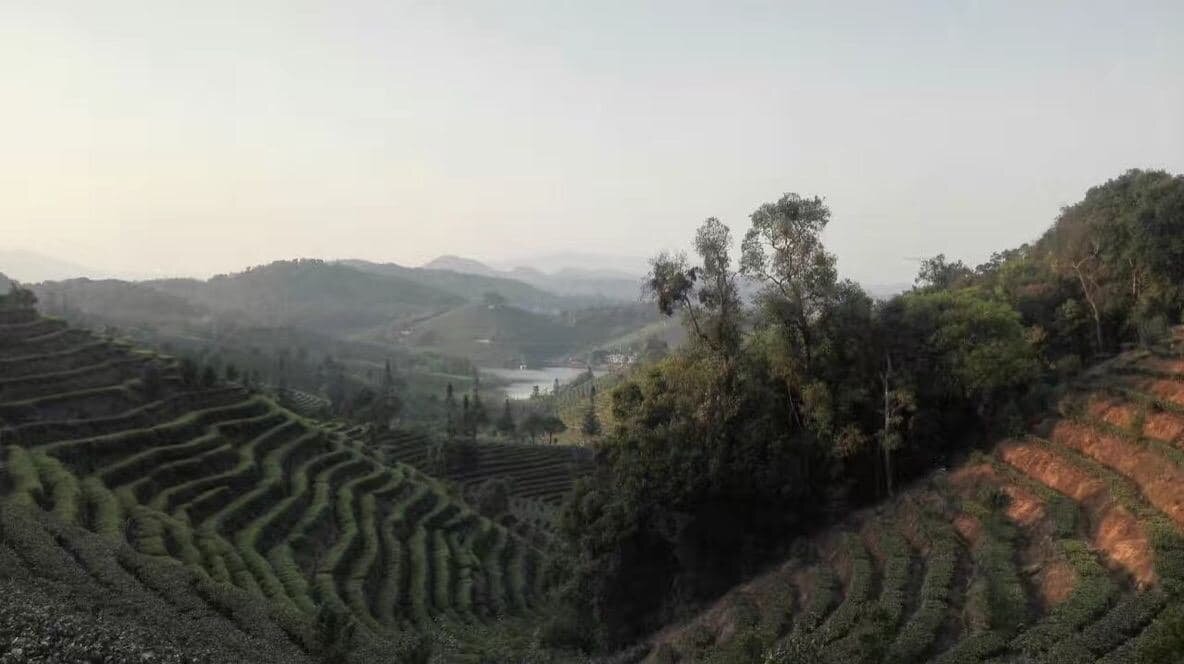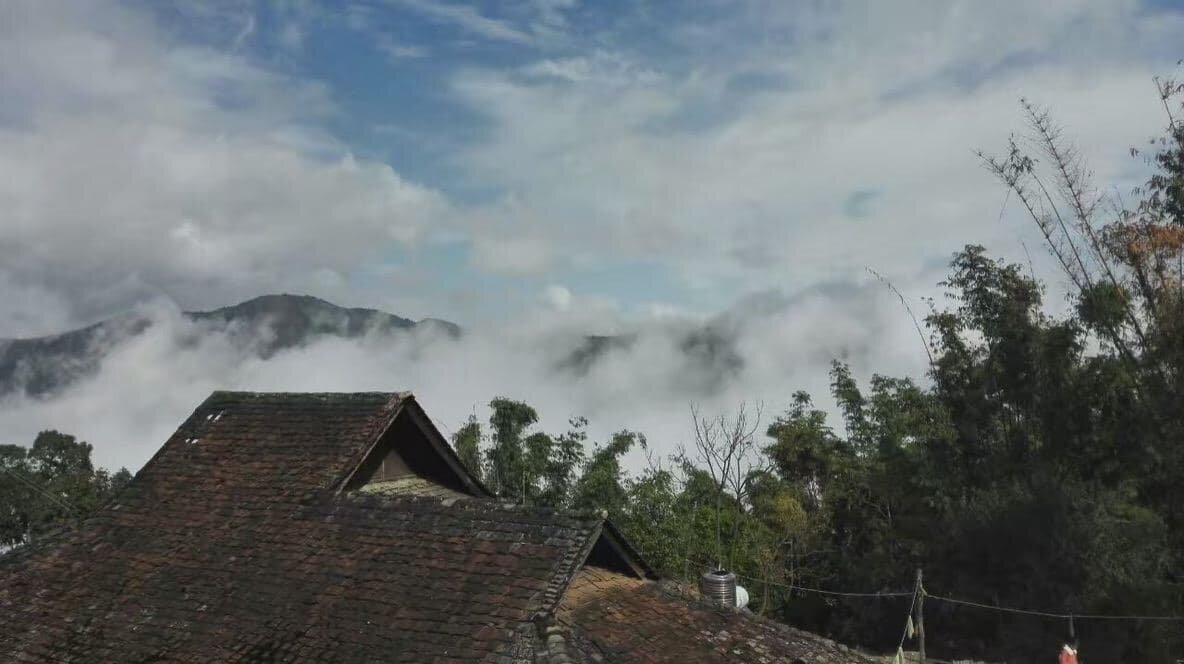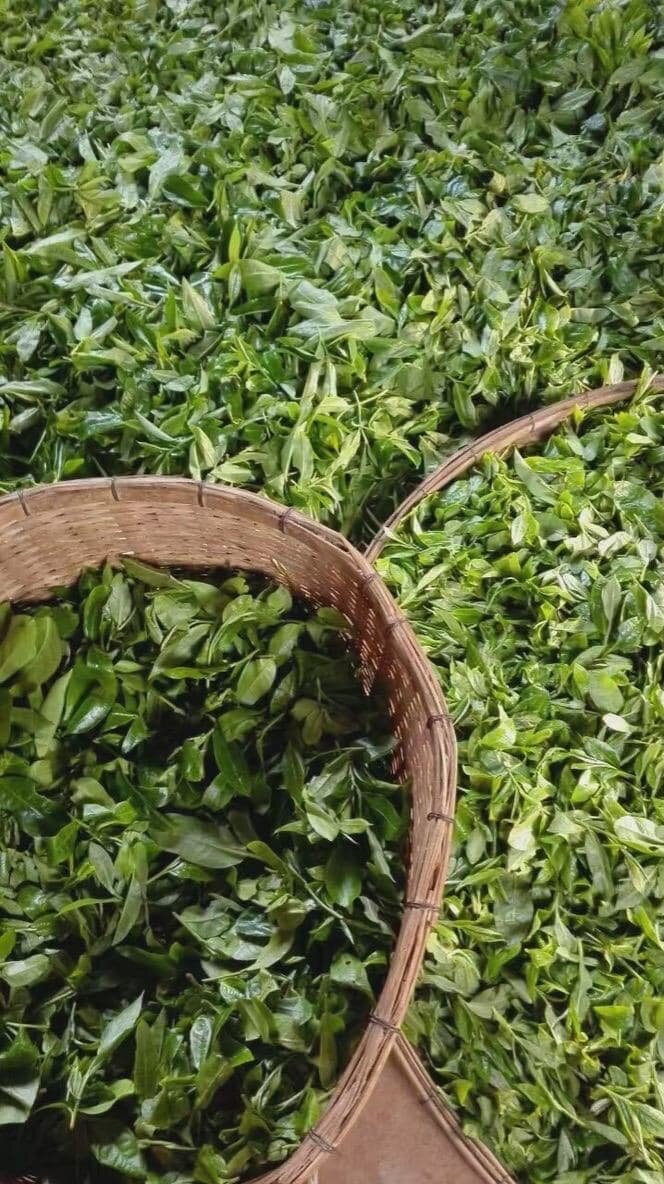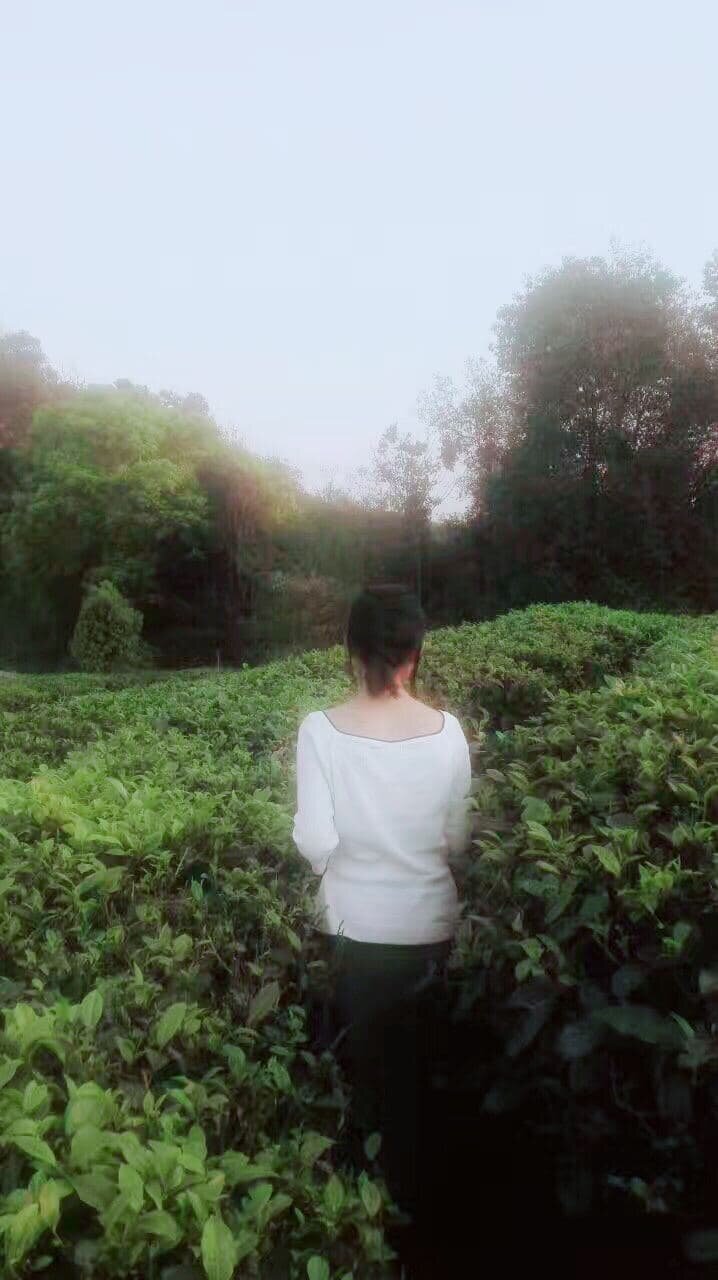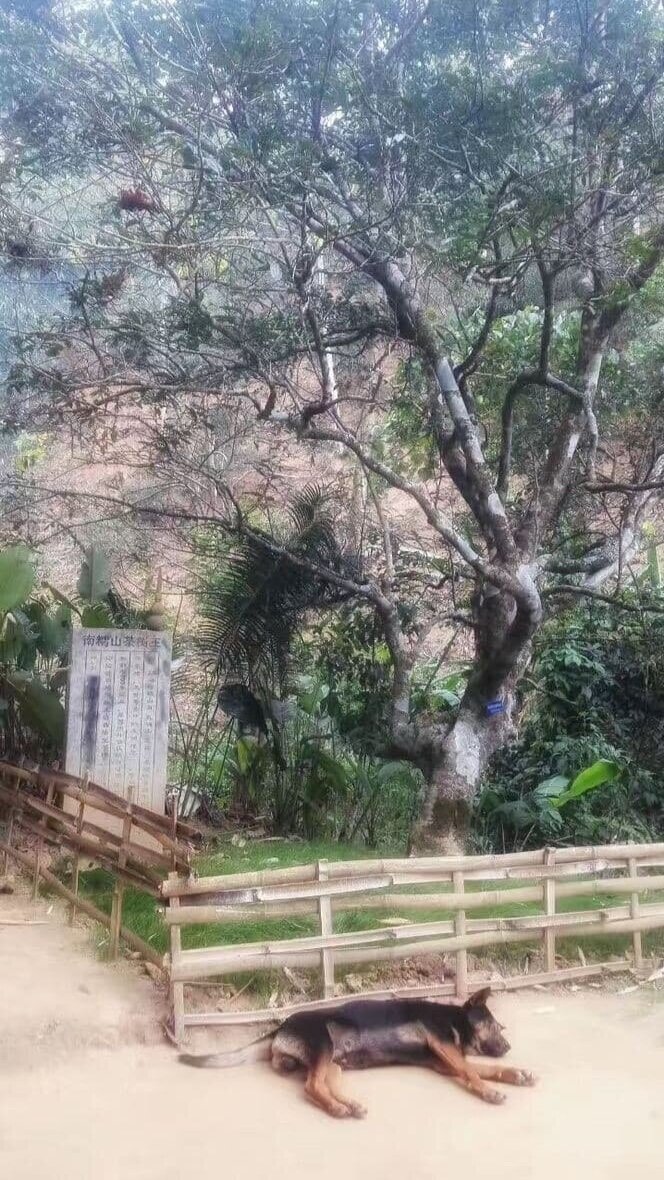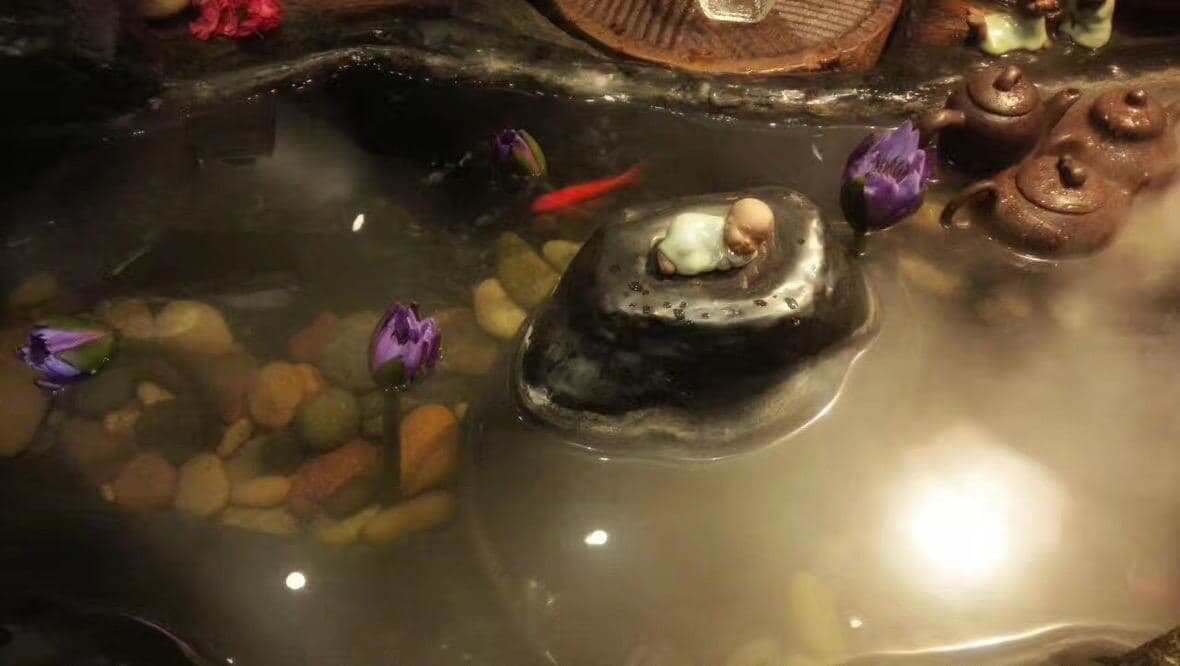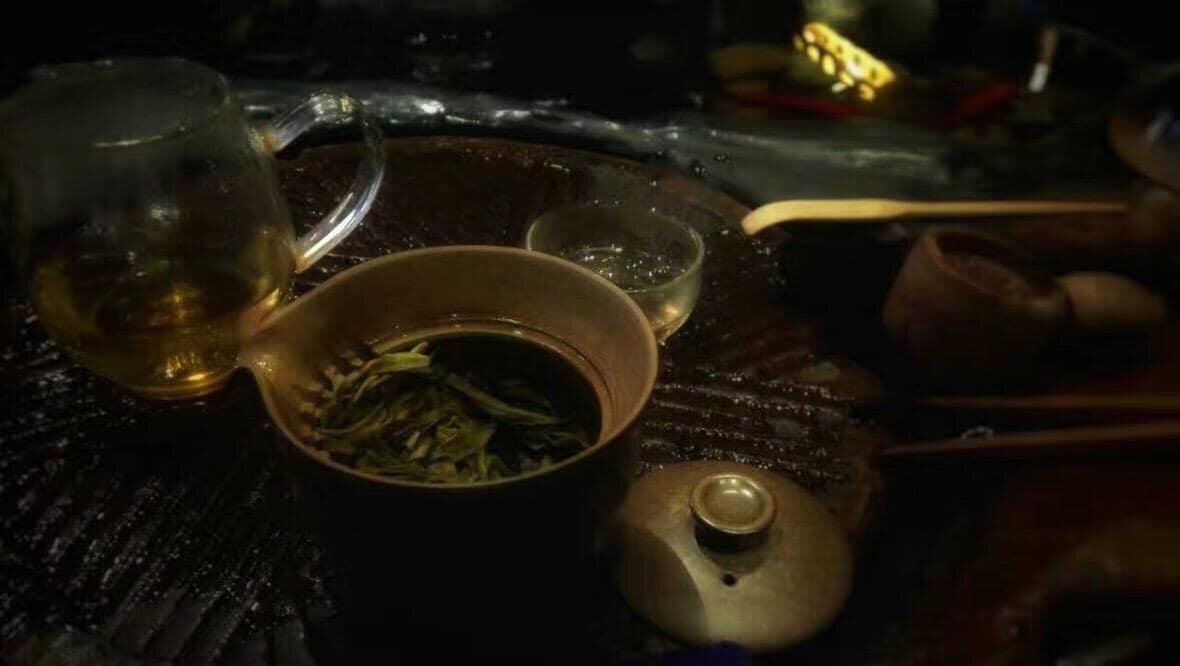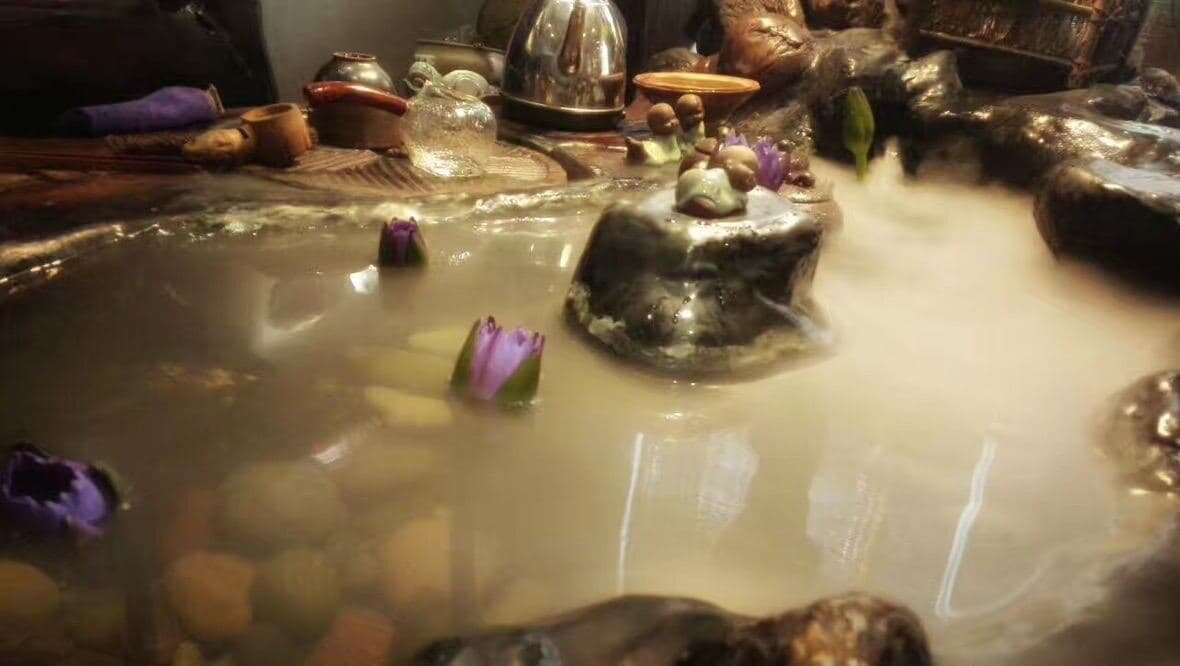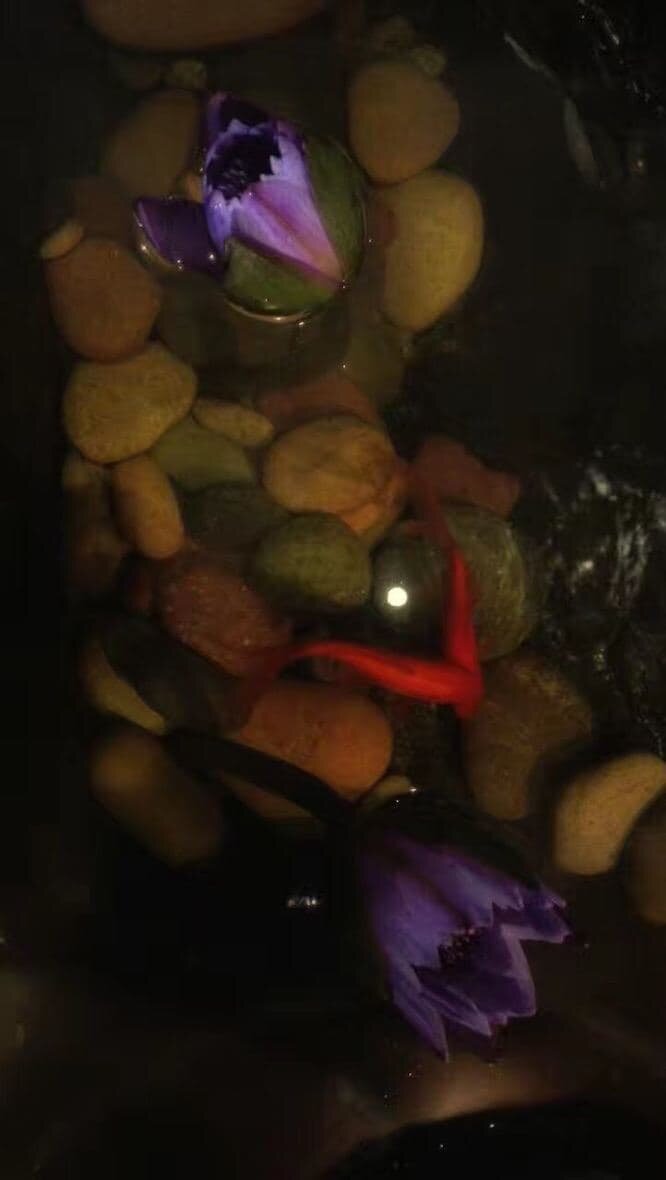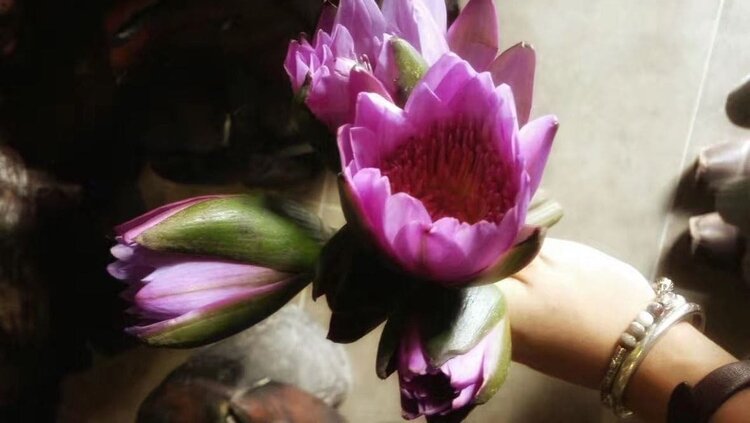Drinking Pu Er Tea - by Emily
Pu Er Tea
Pu Er Tea is one of the most famous Chinese Teas. ‘Pu Er Tea’ is named after a town called Pe Er in Yunnan Province in China where it is said that there was a tea trading market. Originally tea farmers and dealers used horses to carry the tea harvested from different places, to sell in Pe Er tea market. Pu Er Tea’s characteristic in general is bitter and astringent. People like and come for this special taste.
The criteria to judge good quality tea:
To determine a good quality tea the criteria is whether it feels mellow and sweet in your mouth and not dry, but with a bitter after taste. It sounds like something subjective, but it is actually not completely. The rationale behind this is that the bitterness brings about sweetness in your mouth afterwards, which is also a Chinese saying. It is said that astringent things help your mouth to produce saliva by itself, so you feel sweet.
With this, it is said those types of Pu Er tea that could make you relatively quickly feel mellowness and sweetness and not dryness in both your mouth and throat, could be regarded as good quality. With good quality tea, its bitterness does not last for a long time in your mouth and at the same time, your mouth feels moisturised and soothed, rather than more thirsty and drier after drinking.
The third criteria is the quality of tea ‘soup’ by collectively smelling and seeing and tasting it, you also can call it Tea’s Qi. Let’s take an example to get a better understanding; In Chinese cuisine, the old chicken soup tastes nicer than the young chicken’s soup, the old chicken could create more flavour, it can be tasted. I am sorry to take chicken soup as example if you are vegan. It personally means it requires the taster’s or your instinct to judge/feel it, like how you do when you make a friend or make a decision.
Two kinds of tea leaves based on the parts which are picked:
1. Tea sprout (tea heart) with two leaves 一芽兩葉
(Picture credit: Leo HSU, CC License)
When tea farmers go to pick tea, they normally take away the three pieces at the top of each branch as picture shows. It is the most tender part. It also means it easily can develop flavours. It is called ‘one tea heart with two following leaves’.
2. The bigger leaves tea:
The bigger leaves are the other leaves following ‘one tea heart’ and two leaves. They are normally the fourth or the fifth leaves. Compared to the top leaves, their traits are less active and taste sweeter. It takes a longer time to develop flavour, but they endure boiling or brewing for a long time, even boiling many times. Even though they are inherently light in flavour, you may find its flavour quite light if you use the same way to brew it as you do to one heart two leaves.
So, there are two suggestions for you to brew it properly, one is to boil it for a while each time, the boiling time depends on the quantity of tea and water you use. I would say once the colour and flavour come out, then stop boiling. An over strong flavour is not healthy. Due to its endurance of being boiled, I have also successfully tried boiling the tea to get flavour the next day. Alternatively, you could use hot water to stew it in thermos cup for a while until it develops the flavour and colour.
‘Ancient tea trees’ stories
One Pu Er tea categorised as ‘Ancient Tea Trees’ tea, is harvested from old tea trees that are almost around 300-400 years old. Tea trees grow very slowly. I once visited an 800-year-old Tea Tree in Mt. Nannuo, next to it there had once been a tree of around 1000 years old. It is said that long ago there was a Japanese tea lover who came to explore the old tea trees in this region and they found this 1000-year-old tea tree. Out of good will and respect, they built a wall around the tree fencing it for protection. What was unexpected was that one year the tide water came up and entered inside the fenced area and when the tide went back down, the water inside could not get out, it thus was drowned. It is a sad story! I realise human’s sometimes have good intentions to make things better, but sometimes can make things worse. I now believe more in nature’s power and see that nature can lead things to self-protect and self-adjust, but perhaps it takes time, process and patience, sometimes longer, sometimes quicker…
Unlike the tea farm fields normally depicted in advertisement pictures, the old tea trees do not accept pesticides or farm chemicals and should be left completely organic and natural. But sadly nearly 4 years ago, I noticed some tea farmers started to blindly apply pesticides and chemicals to old tea trees.
The photo here is that ancient 800 year-old tea tree I took, the little dog laying down next to it seemed to safeguard it.
The way to enjoy Chinese tea:
When the tea is ready to drink in a tea bowl or cup, take some time to calm down, appreciate the colour of the tea, breathe in it’s sweet aroma, then enjoy it.
With the small tea bowl as shown in the picture, it is said that when drinking Chinese tea you take three sips to finish it slowly. It is like a way of cultivating patience and experiencing the process.
When you finish drinking, you can also enjoy the smell of the inside of the tea bowl. With the remaining temperature, the sweet scent of the tea still lasts for a while.
Above are some photos I took in a traditional Chinese tea house where I come from.
To the right is the tea pot set which was used to learn the tea ceremony in my university.
